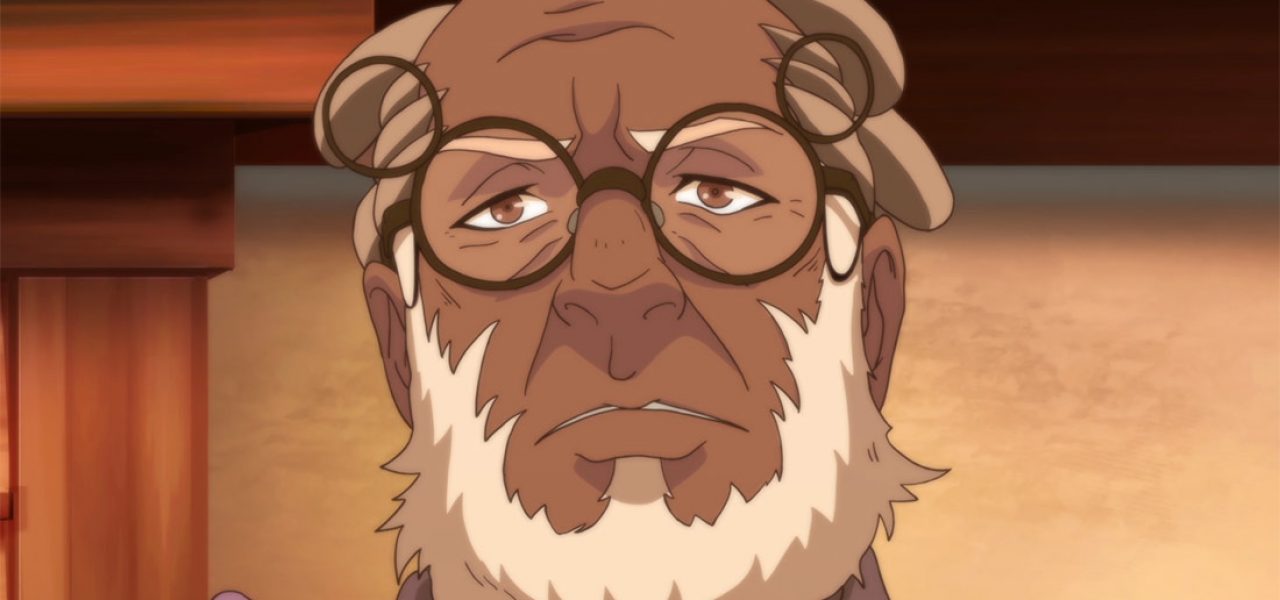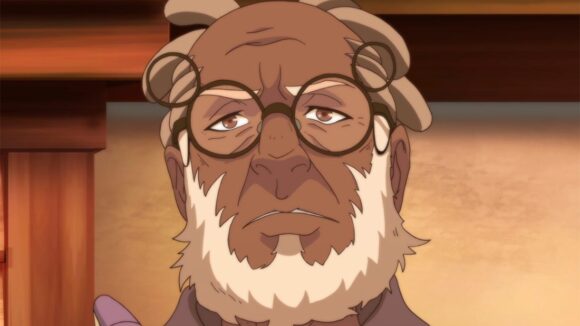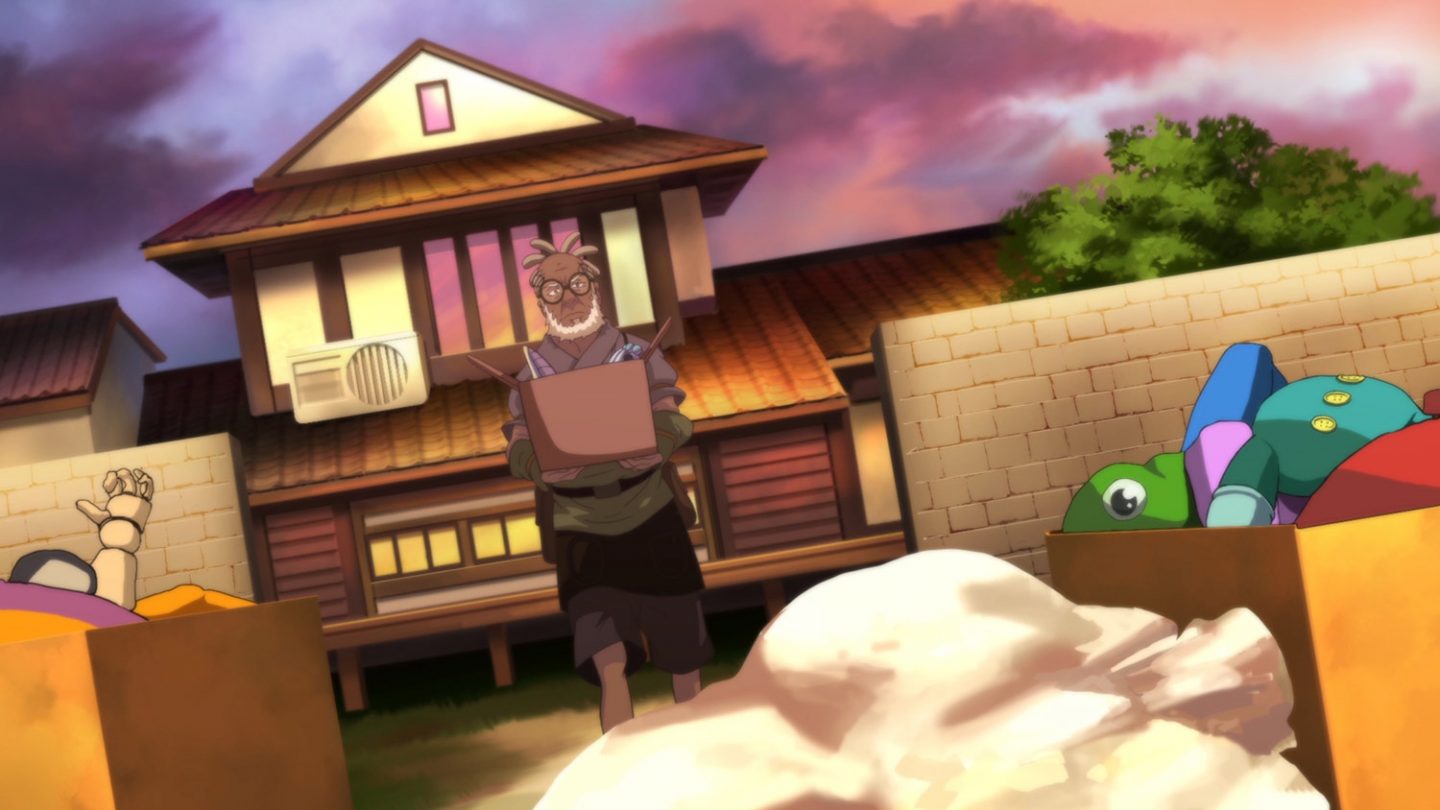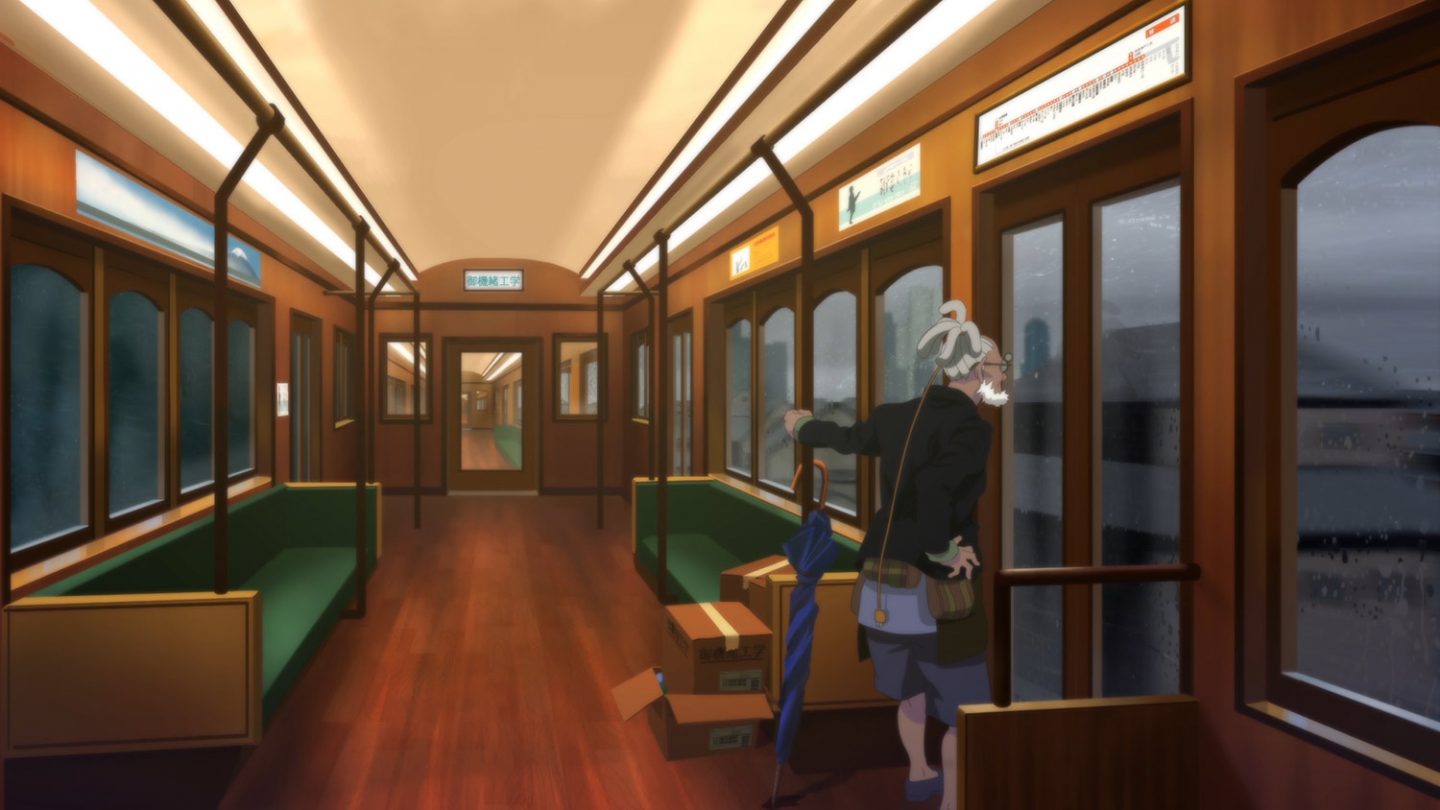

Toon Boom Harmony Brings Traditional Anime To Life Digitally
There is a growing need for digital animation that fits with Japan’s unique animation production pipeline. The country celebrated 100 years of animation last year and its anime industry, which is largely 2d, posted record-breaking revenue in 2016 of over 2 trillion yen (around USD$17.7 billion).

In order to thrive for another century and meet the rising demands for original content, Japanese studios need software solutions that create traditional pencil-and-paper quality work, while respecting their artists’ process and culture.
Buoyed by global blockbusters like Makoto Shinkai’s Your Name, the perennial popularity of Studio Ghibli and an insatiable international culture fed by subscription video-on-demand services like Netflix and Hulu, anime is at a juncture. Tokyo-based studio D’ART Shtajio knows this and was searching for a digital solution to create its latest short, The Doll. Founder Arthell S. Isom’s research brought him to Toon Boom Harmony.
D’ART Shtajio was founded in 2016 by Isom, an American background artist who moved to Japan 12 years ago. He and his right-hand man, animation director Henry Thurlow, both use the traditional Japanese process to create anime. Sensing a change in the industry, the pair began looking into the digital animation software that others in Japan were using.
“The future is digital in Japan; there’s no avoiding the situation,” says Thurlow. “In five to ten years, everybody will be digital.”
They both knew Toon Boom Harmony as the industry-standard 2d animation software in North America and were well aware that OLM in Japan used it for Pokémon, but they wanted to see its benefits for themselves. D’ART Shtajio needed an affordable digital solution that could reflect the quality of the paper and pencil work they were doing, while respecting the Japanese process – and culture – they did it in.

“Japanese animators have a system for passing the papers around the room and getting everything checked by the right person before moving to the next phase,” says Thurlow. “I didn’t know if that would work digitally, but we have recreated the process in Harmony.”
In order to meet the needs of Japanese studios, Western digital 2d animation solutions must emulate and empower this unique paper and pencil pipeline instead of trying to erase it. For The Doll, Toon Boom partnered with D’ART Shtajio for training, production assistance, and the creation of special custom scripts that would allow Harmony to digitally replicate the Japanese process.
The Doll was written by Isom and produced by D’ART Shtajio’s team in Toon Boom Storyboard Pro and Harmony. The anime is themed around freedom and expression, following an artist who recently lost his job and purpose. It explores how far he goes to – literally – bring his vision to life. In total, eight artists worked on the project including four key animators, three secondary animators, and one animation director. They were largely trained and mentored in Harmony by Toon Boom director of customer success Marie-Ève Chartrand over a two-week period in their offices.

“I was surprised by how well they took to Harmony and Storyboard Pro,” recalls Chartrand. “When I started training the team, there were many exclamations like, ‘This is better than RETAS!,’ ‘Where has Harmony been?,’ and ‘I wish I was taught this in school!’. They also shared strong positive opinions on many of Harmony’s key features, including the palette and camera functions.”
Chartrand adapted existing scripts to allow Harmony to better emulate the Japanese animation process. This paved the way for the artists to not only continue making traditional-quality animation, but to create the work they have always wanted to with the added power of Toon Boom’s digital tools.
“You can’t just change character design and have it immediately look like anime – animation is done differently in Japan,” says Thurlow. “Artists here follow different steps to achieve anime’s aesthetic, which is why not changing the Japanese pipeline is crucial. We had to confirm Harmony could create authentic Japanese anime using the Japanese system, which is the difference between trying to mimic anime and actually being anime.”
Creatively and visually, The Doll was a huge success. Isom notes that if artists do frame-by-frame animation in Harmony, it replicates the results of paper and pencil. D’ART Shtajio’s team used Toon Boom’s digital tools for exceptional traditional-quality results, including the train sequence at the beginning of the film.

“Nowadays, most studios just use 3d computer [animation] – to traditionally animate a moving vehicle is rare,” says Isom. “You’d see that in a lot of old Japanese animation and it would actually differentiate their work.”
Beyond the artistic advantages, there were innumerable practical benefits to using Harmony instead of paper to animate The Doll. Throughout the process, Toon Boom served as a creative and production partner to the studio.
“Through production assistance, Toon Boom helped D’ART Shtajio apply the concepts we taught them and that’s when everything started to make sense,” says Chartrand. “There is always a learning curve, especially transitioning from a traditional paper pipeline, but when they saw the speed gain and all the flexibility with the tools, they were able to take their creativity to the next level.”
Among the other production benefits that came with using Harmony for Japanese anime were confirming motion during animation, easier editing and in-betweening, and skipping the scanning and cleaning-up step. Isom also espouses the program’s coloring system.
“Harmony’s color profile system is amazing. You can color all the frames and change them just as easily by switching the palette; Flash can’t do that. We did everything in-house, so this made it easier to make color adjustments along the way,” he elaborates.

Other key features included Harmony’s brush and pencil drawing tools, ink and paint, color selection, cropping and cutting during clean-up, hand-drawn effects, and the ability to import 3d objects.
“We wanted to see Harmony’s compositing features for Japanese animation and if it could do frame-by-frame animation well,” says Isom. “Cleaning, coloring, and inking has to be done in Harmony – nobody does it better.”
As D’ART Shtajio prepares to release The Doll, a second volume has already been planned that will follow the titular character as she confronts her own existential crises. And while the anime short may have been produced entirely and solely by D’ART Shtajio in Harmony, each stage of the production pipeline could have been segmented and performed by a different studio, as is often customary in the Japanese process. That said, as Isom reinforces, the essential first step is learning the software.

Reflecting on his experience transitioning from traditional to digital animation, Isom says, “Japanese studios want to streamline their systems. My advice is: It doesn’t need to be utilized right now, but if you invest in learning the tools of the future today, when the industry is ready, you’ll be able to maximize the returns.”
He continues, “Once other studios have learned to use Harmony, they will see there are benefits beyond the color palette and paperless drawing systems. There’s so much more.”
